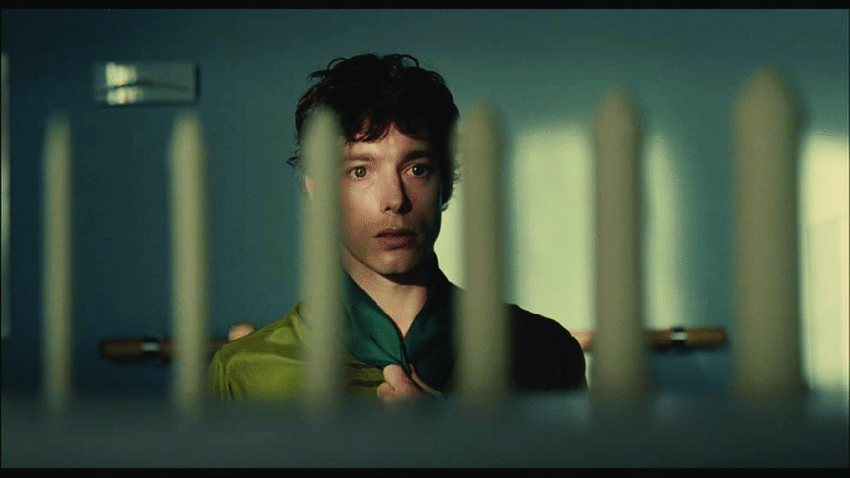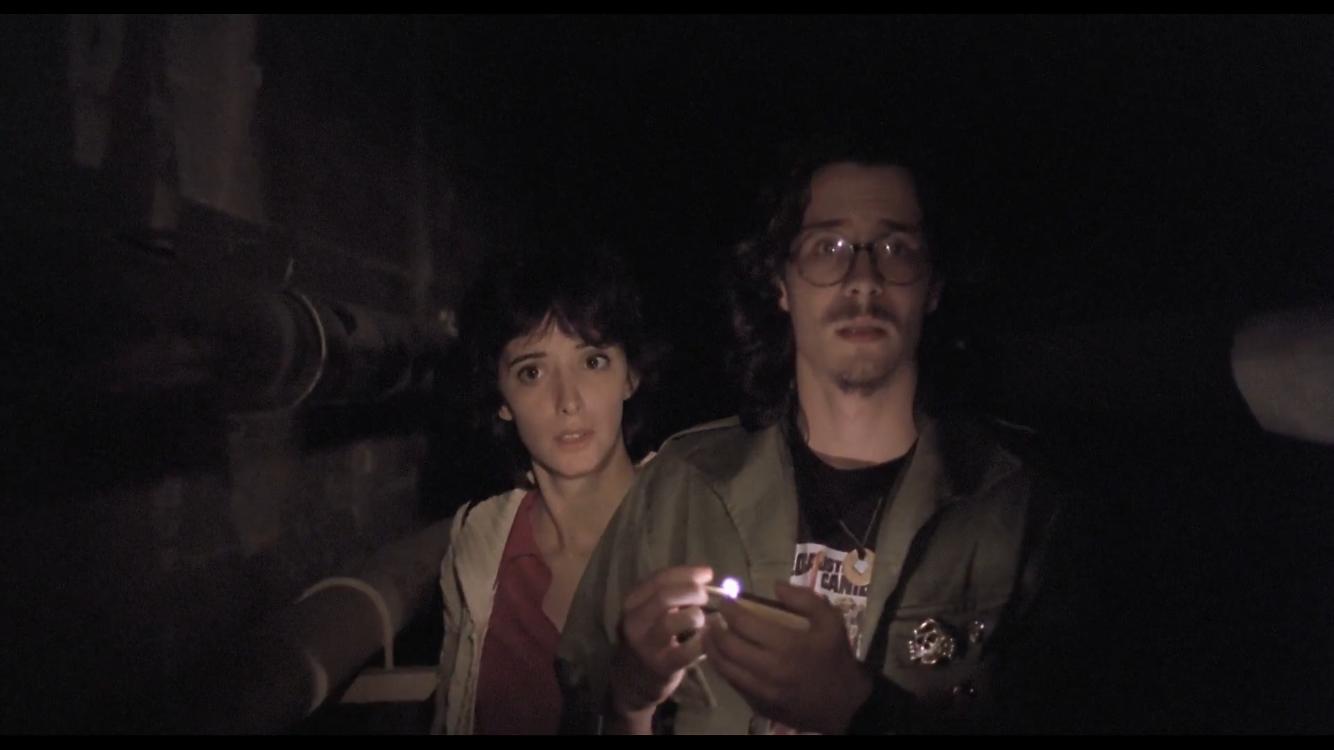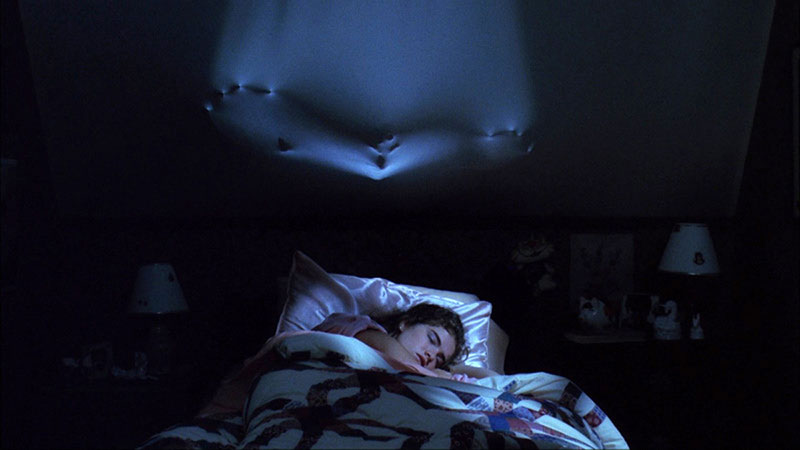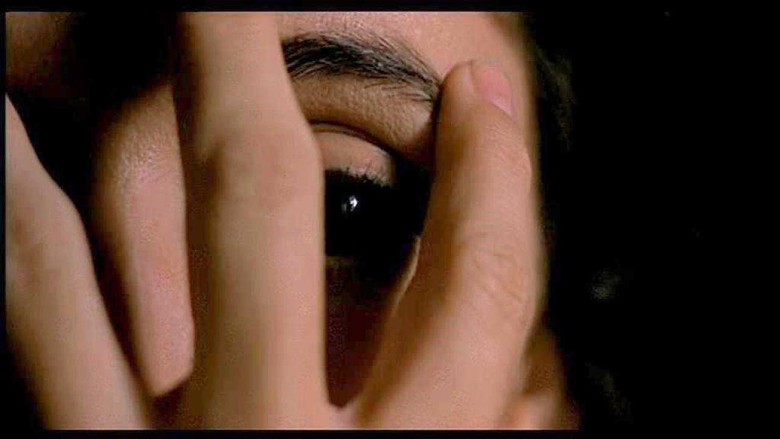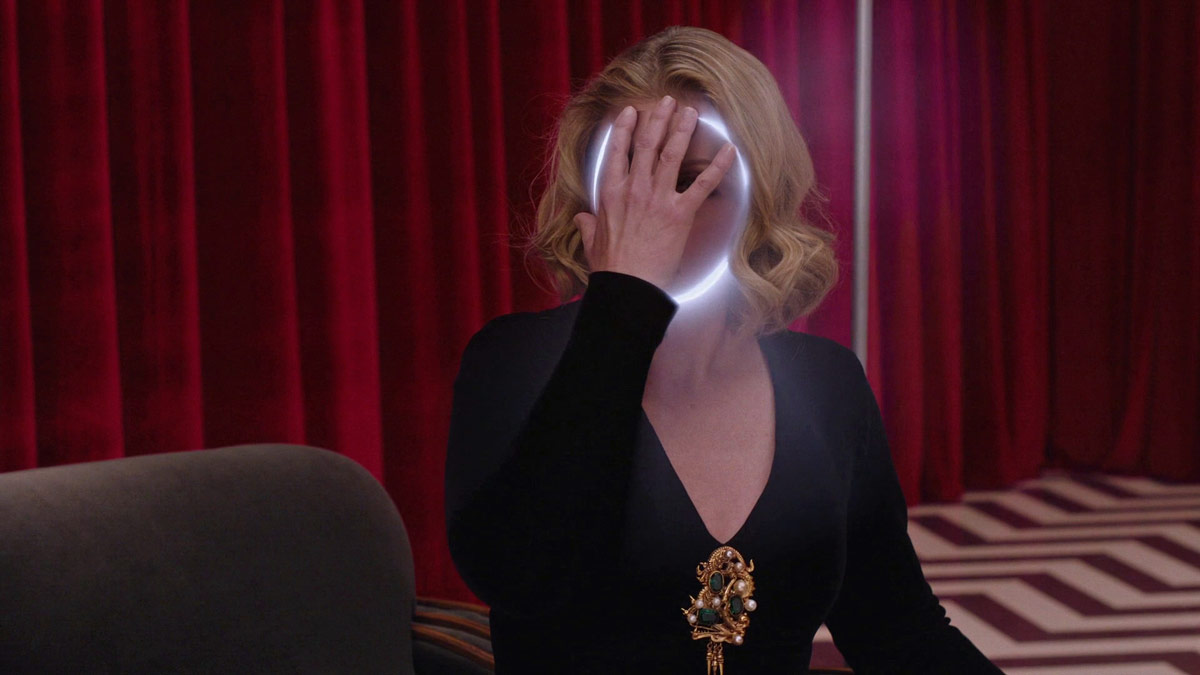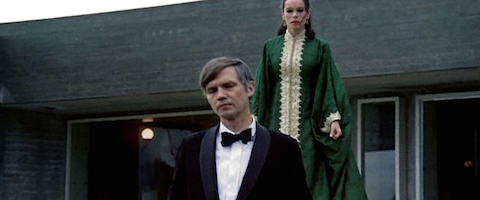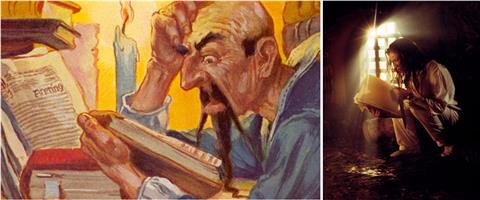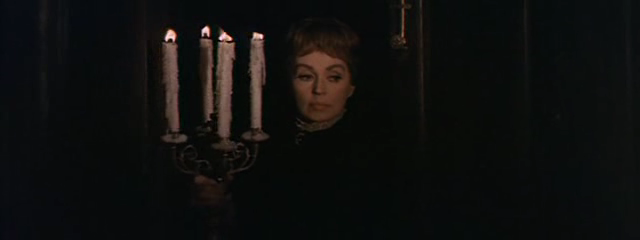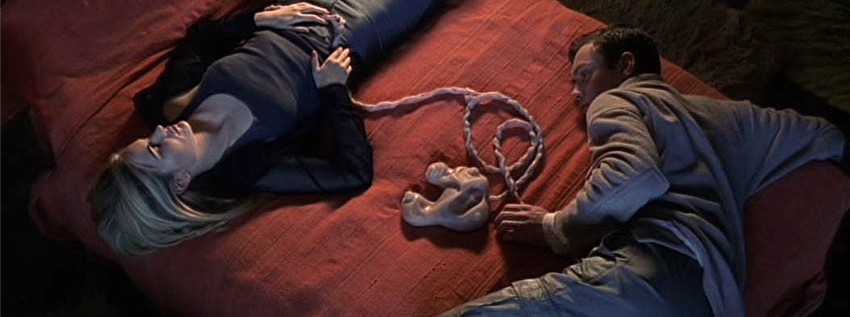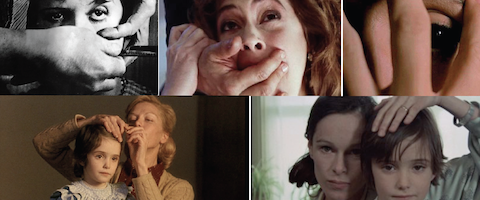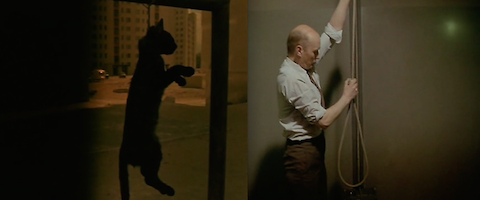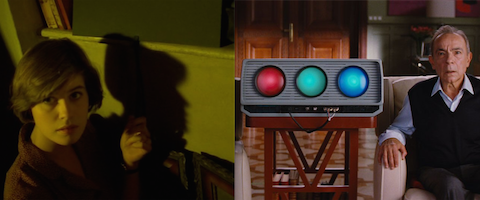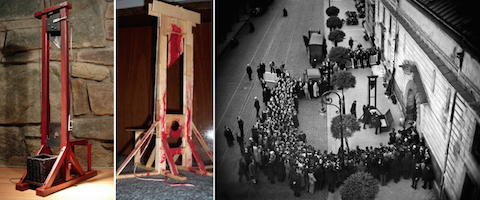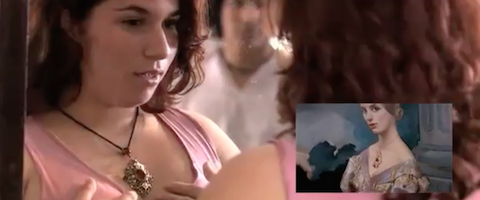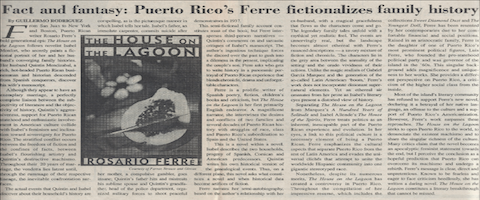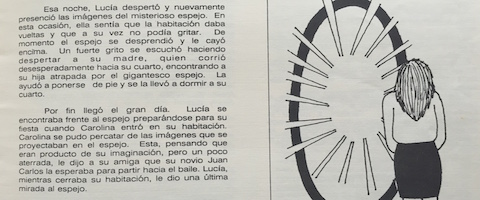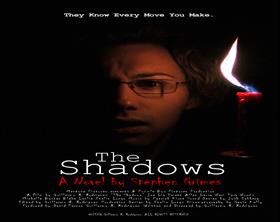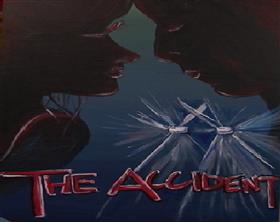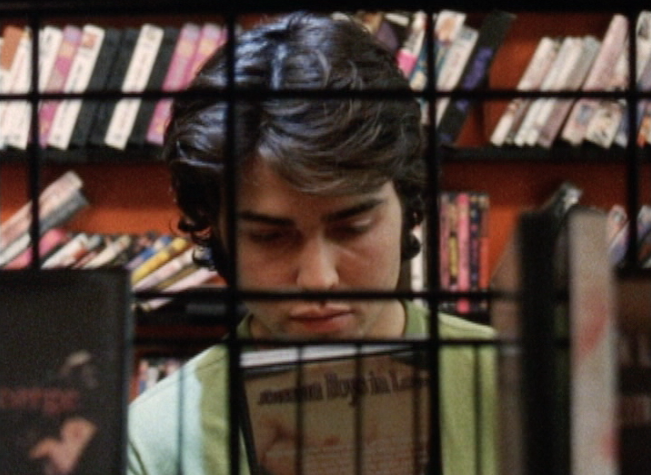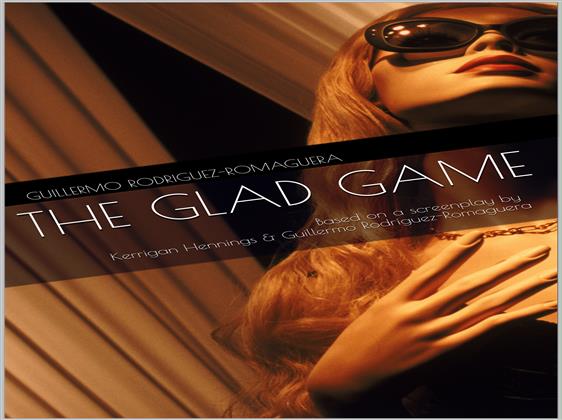ABOUT
PERSONAL DETAILSBIO
ABOUT ME
Guillermo R. Rodríguez Romaguera is Assistant Professor of Cinema and Television Arts at California State University, Northridge. He is a narrative filmmaker and film scholar from San Juan, Puerto Rico. He first cultivated his writing talents at Princeton University while workshopping a novel under the mentorship of Gabriel García Márquez and Toni Morrison. But his passion for cinema, specifically exploring the horror genre and representing marginalized voices, compelled him to become a filmmaker. He went on to pursue an M.F.A, and later a Ph.D., at the University of Southern California.
His directorial debut The Shadows premiered at Los Angeles’s Outfest LGBTQ Film Festival in their Dramatic Competition and is currently available on Amazon Prime. He is also the producer of the indie coming of age feature Sweet Thing, which debuted at the Seattle International Film Festival, and the horror short Totem Goat, which premiered at the Cannes Short Film Festival. In addition to writing, directing, and producing, Guillermo has edited four feature films, a documentary series for The History Channel and promos for CBS, NBC and DirecTV.
Prior to arriving at CSUN, Guillermo was Assistant Professor of Narrative Filmmaking at Santa Clara University where he created a course on Film Adaptation in collaboration with Emmy-winning actor/writer/director/producer Mark Duplass, and Teaching Assistant Professor of English and Comparative Literature at the University of North Carolina, Chapel Hill, where he developed courses that use video games as a pedagogical tool as well as integrate film theory into the filmmaking process through a Latinx lens. He is also the author of the book Spanish Meta-Art and Contemporary Cinema: Mirrors to the Unconscious (Bloomsbury, 2023), and his academic work has been published in Studies in European Cinema, Cervantes: Bulletin of the Cervantes Society of America and the Bulletin of Spanish Visual Studies. He is currently in pre-production for the queer horror film Mala Coda while working on his second book-length academic project, tentatively titled The Fluid Gaze: Transgender Visual Pleasure in Spnaish Horror Film.
RESEARCH
INTERESTS
Narrative film and television production, race, ethnicity, gender and sexuality in narrative cinema, the horror genre
Film studies, critical and literary theory, continental philosophy, Gothic literature, and surrealism
Spanish, Latin American and Latinx cinema, American cinema and television, Eastern European cinema
Video games, neuroscience and film, multimedia composition and digital rhetoric

